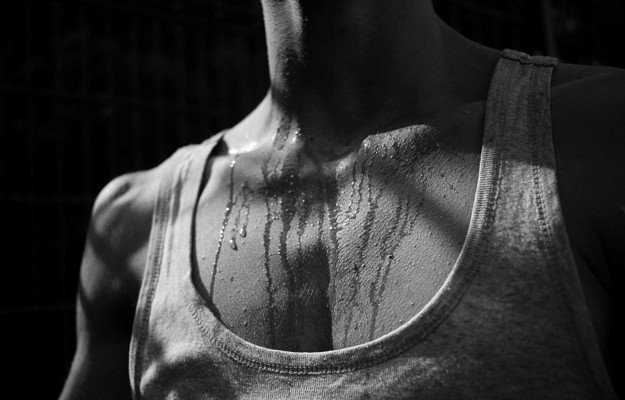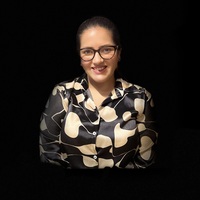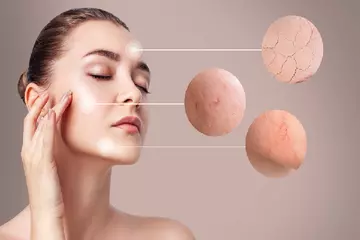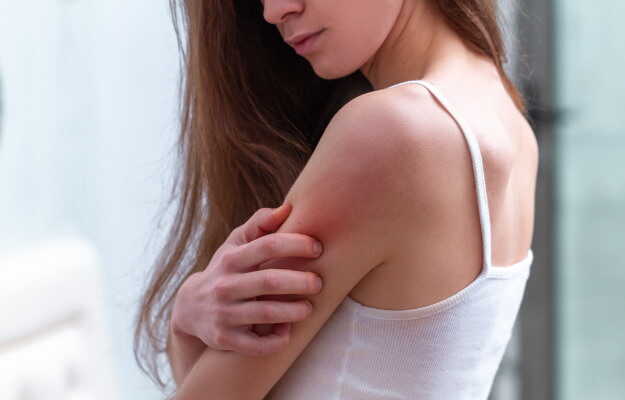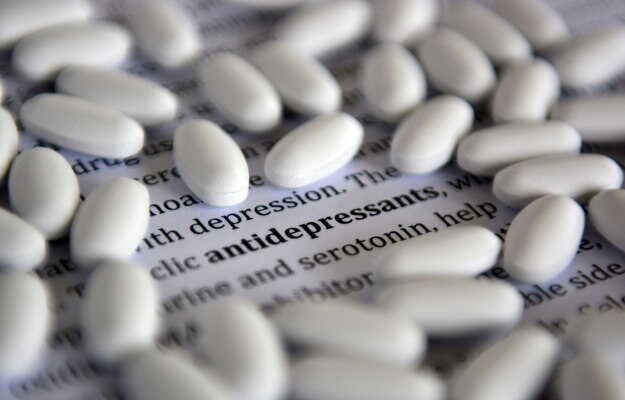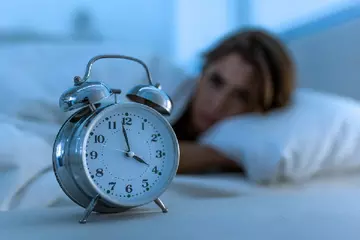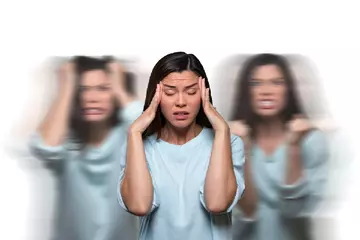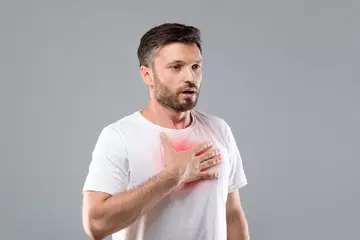What is Hyperhidrosis?
Excessive sweating due to overstimulation of receptors on the major sweat glands of the human body is termed as hyperhidrosis. The areas of the body affected by this disorder are based on the location of these sweat glands.
Hyperhidrosis has two types, namely,
- Primary Hyperhidrosis – It occurs as a medical condition in itself.
- Secondary Hyperhidrosis – It occurs as a result of some other underlying condition.
What are the associated signs and symptoms?
Excessive sweating could be quite embarrassing and may increase social anxiety.
The signs and symptoms associated with primary hyperhidrosis are presented below:
- Sweating occurs in small areas, such as both left and right axillae, palms, soles, and face.
- Excessive symmetrical sweating may occur on both hands and both feet.
- Sweating does not occur while sleeping.
- It usually begins during adolescence or before 25 years of age.
The signs and symptoms associated with secondary hyperhidrosis are as follows:
- Sweating does not occur in specific areas but is more generalised.
- It usually occurs along with an underlying medical condition.
- Excessive sweating is also present during sleep.
What are its main causes?
The cause of hyperhidrosis remains unclear. Studies have shown that genetic factors play a role in primary hyperhidrosis. The mechanism of hyperhidrosis includes
- Overstimulation of major sweat glands in the body
- Dysfunction in the hormone feedback mechanism
Some underlying medical conditions mentioned below can cause secondary hyperhidrosis:
- Diabetes
- Cardiac emergencies
- Infections
- Hyperthyroidism
It is also associated with certain medications such as insulin and antipsychotics.
How is it diagnosed and treated?
A complete history and visual assessment of the disorder is vital to diagnosis.
- Investigations include
- Iodine-starch test
- Thermoregulatory sweat test
- Complete blood count
- Chest X-ray
- Haemoglobin A1C
- Thyroid hormone test
The treatment of hyperhidrosis focusses on the underlying condition and its treatment.
In case of primary hyperhidrosis, treatment involves addressing the associated symptoms. The doctor may prescribe antiperspirants, creams containing glycopyrrolate, nerve-blocking medications, or anti-depressants.
The initial treatment principally involves antiperspirants followed by 15-25% aluminium chloride hexahydrate. If the patient does not respond positively to this treatment, the doctor will prescribe drugs to block receptors of the sweat glands. If necessary, additional botulinum injections or iontophoresis for reducing excessive sweating are administered.
Surgical treatment options include sweat gland removal or nerve surgery.

 Doctors for Hyperhidrosis
Doctors for Hyperhidrosis  OTC Medicines for Hyperhidrosis
OTC Medicines for Hyperhidrosis

